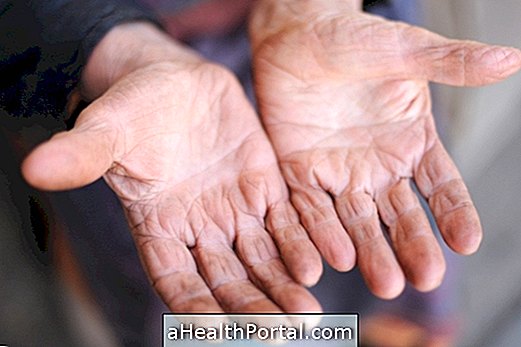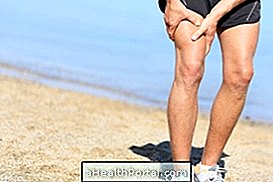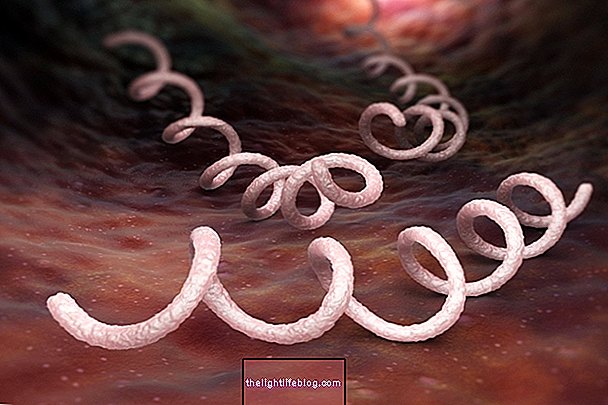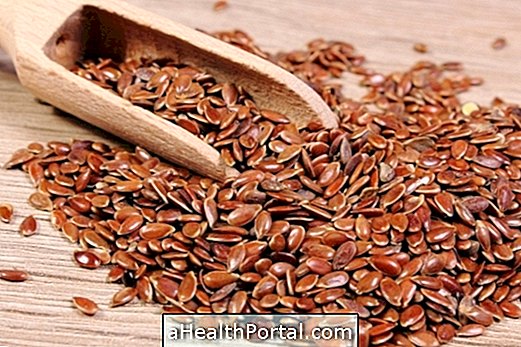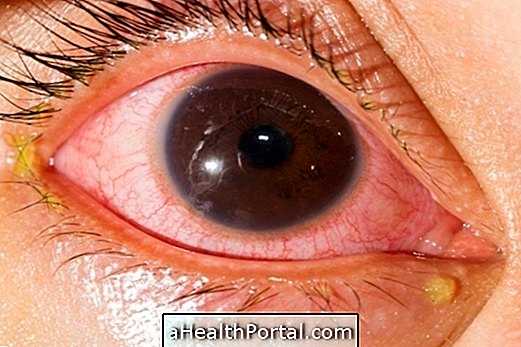Swollen legs are usually caused by fluid buildup and in this case are more common at the end of the day or arise with aging due to poor circulation. See the main symptoms in: Symptoms of poor circulation in the legs.
However, swollen legs can also be triggered by inflammation due to strokes or diseases, but in these cases usually the swelling is accompanied by severe pain and difficulty to move the leg, for example.
Thus, it is important to consult a general practitioner whenever swelling in the legs does not improve from one day to the next or causes very severe pain, as it may be a sign of a health problem that should be treated properly.
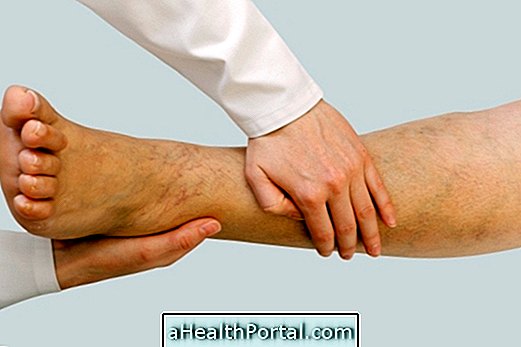
Swollen legs due to fluid accumulation
The most common type of swelling in the legs is caused by the accumulation of fluids, which can be caused by:
1. Staying a lot of time standing or sitting
Being too much time standing during the day or spending several hours sitting, especially with crossed legs, makes it difficult for the veins of the legs to carry the blood back to the heart and, therefore, the blood accumulates in the legs, increasing swelling during the day.
- How to treat: Avoid staying more than 2 hours standing or sitting, taking small breaks to stretch and move your legs. At the end of the day, you can even massage the legs or raise them above the heart level to facilitate circulation.
2. Pregnancy
Pregnancy is one of the leading causes of swollen legs in women in their 20s and 40s because at this stage of a woman's life there is an increase in the amount of blood in the body. In addition, the growth of the uterus also hinders the circulation of blood in the legs, promoting their accumulation, especially after the fifth month of gestation.
- How to treat: It is recommended to wear resting socks and take light walks during the day to promote blood circulation. See other tips on: Swollen legs in pregnancy.
3. Aging
The swelling in the legs is very common in the elderly, and this happens because with the advancement of age the valves present in the veins of the legs, which help the blood circulate, become weaker, making it difficult for blood to return to the heart and causing its accumulation in the legs.
- How to treat: avoid being too long sitting or standing, making small breaks during the day to raise your legs. In addition, when the swelling is too large it may be necessary to consult the general practitioner to take medicines that help eliminate excess fluids such as Furosemide.
4. Use of medicines
Some remedies used in the treatment of diabetes, high blood pressure or pain, such as Ibuprofen or Naproxen, may facilitate the accumulation of fluid in the legs.
- How to treat: You should consult the doctor who prescribed the medicine to change the type of medicine if the swelling arises after beginning to take this type of medicine.
5. Diseases
Although it is rarer, some diseases can cause fluid to build up in the legs. Some examples are heart failure, kidney problems or liver disease.
- How to treat: The general practitioner should be consulted should other symptoms arise, such as excessive tiredness, changes in urine or abdominal pain, for example, to make the diagnosis and initiate appropriate treatment.
How to Naturally Divide Your Legs
In this video are some strategies that can help: give a 'heat shock', lie down with legs elevated and receive a massage. Here are the steps required to do each technique in the right way:

Swollen legs due to inflammation
Inflammation is the second major cause of swollen legs, however, in these cases the swollen leg is accompanied by very intense pain and difficulty moving the affected limb. The main causes of inflammation include:
1. Blows
Strong kicks in the legs, such as falling or kicking during a soccer game, for example, can cause small blood vessel ruptures and inflammation of the leg. In these cases, the swelling is accompanied by intense pain in the place, black spot, redness and heat, for example.
- How to treat: A cold compress should be applied over the area to reduce swelling and relieve pain, and if the pain does not improve or disappear after 1 week an orthopedist should be consulted.
2. Arthritis
Arthritis is an inflammation of the joints most common in the elderly that can cause swelling of the legs, especially in places with joint, such as knee, ankle or hip. See some symptoms: Symptoms of arthritis.
- How to treat: An anti-inflammatory ointment can be used to relieve swelling and pain, but it is recommended to consult a rheumatologist to diagnose the problem and initiate appropriate treatment.
3. Fractures
Another common cause of inflammation in the legs is the appearance of small fractures in the bones, especially in patients with osteoporosis or who have suffered severe blows to the legs. These small fractures usually do not cause intense pain like a normal fracture, nor can they be seen with the naked eye.
- How to treat: An orthopedist should be consulted if he or she suffers from osteoporosis if the swelling has not improved within a week after a blow or if the pain worsens over time.
4. Cellulite
Cellulitis is an inflammation of the cells of the deeper layers of the skin and usually arises when you have a wound on the leg that gets infected. The most common symptoms besides swelling include intense redness, fever above 38 ° C and very strong pain.
- How to treat: You should go to the emergency room if symptoms persist for more than 24 hours to diagnose the problem and start the appropriate treatment, which is usually done with antibiotics.
